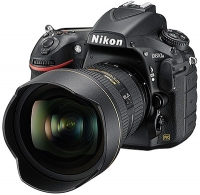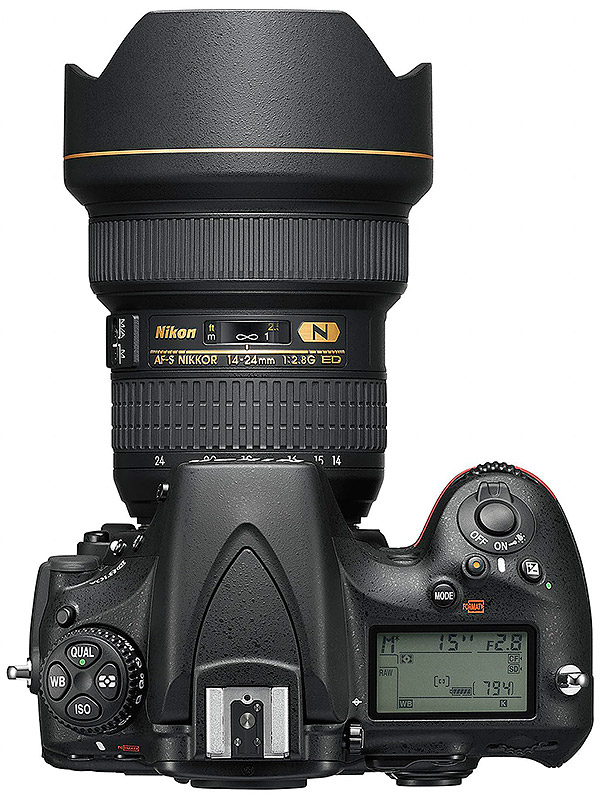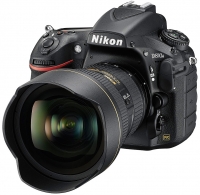Capture the cosmos: Nikon launches special D810A just for astrophotography
posted Monday, February 9, 2015 at 11:01 PM EST

Some cameras cater to the needs of sports shooters or landscape photographers, but there's perhaps no more specialized niche than astophotography. Nevertheless, the niche appears big enough to interest Nikon, with the company set to introduce the D810A, a new astrophotography-specific variant of their popular 36.3-megapixel, full-frame DSLR.
While Canon released the 20Da and 60Da astrophotography cameras back in 2005 and 2012, respectively, we believe this is the first full-frame DSLR and the first Nikon DSLR tailored to astrophotography. As such, the D810A is an interesting entry into the astrophotography market.
Similar to the Canon 60Da astrophotography version of the the 60D, the Nikon D810A is basically a D810 with a specially-tweaked infrared cut filter. Infrared cut filters normally reduce the intensity of infrared and near-infrared wavelengths in order to allow camera sensors to more faithfully represent the colors of terrestrial objects. The unfortunate side effect is that the deep red hues of some of the most photogenic nebulae are rendered a muted red-gray when photographed with cameras featuring traditional IR cut filters.
The IR cut filter on the D810a is specially designed to allow transmission of H-Alpha light, which is deep red light at a wavelength of 656.28 nanometers. H-Alpha light is associated with the ionized hydrogen found in some of the most striking nebulae. The difference truly is striking and, without a specially-modified version of the D810, astrophotographers only alternative is risky at-home modifications of the stock IR filters that sit atop the cameras' sensors.

Apart from the new IR cut filter, the Nikon D810A is identical, both physically and technologically to the standard D810 camera, although there are a couple software changes, as well. The main changes include a virtual exposure preview mode when shooting in Live View, tweaked ISO sensitivity range (native low is now ISO 200 instead of 64), and vastly expanded options for timed shutter speeds slower than 30 seconds.
This specialized DSLR, aimed at hobbyist and professional astrophotographers as well as for other scientific applications, is set to be available in late May 2015, however, pricing has not yet been announced *. Read more about this cosmos-capturing DSLR over in our Nikon D810A First Impressions Preview!
*EDIT (02/10): The new Nikon D810A is now showing as available for pre-order at Adorama and B&H for $3,796.95. Placing an order for this camera or any other product from one these retailers helps support the site!
Arthur Etchells contributed to this story.
